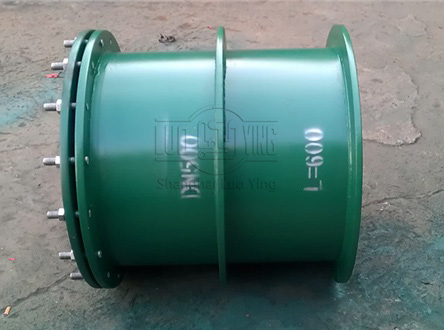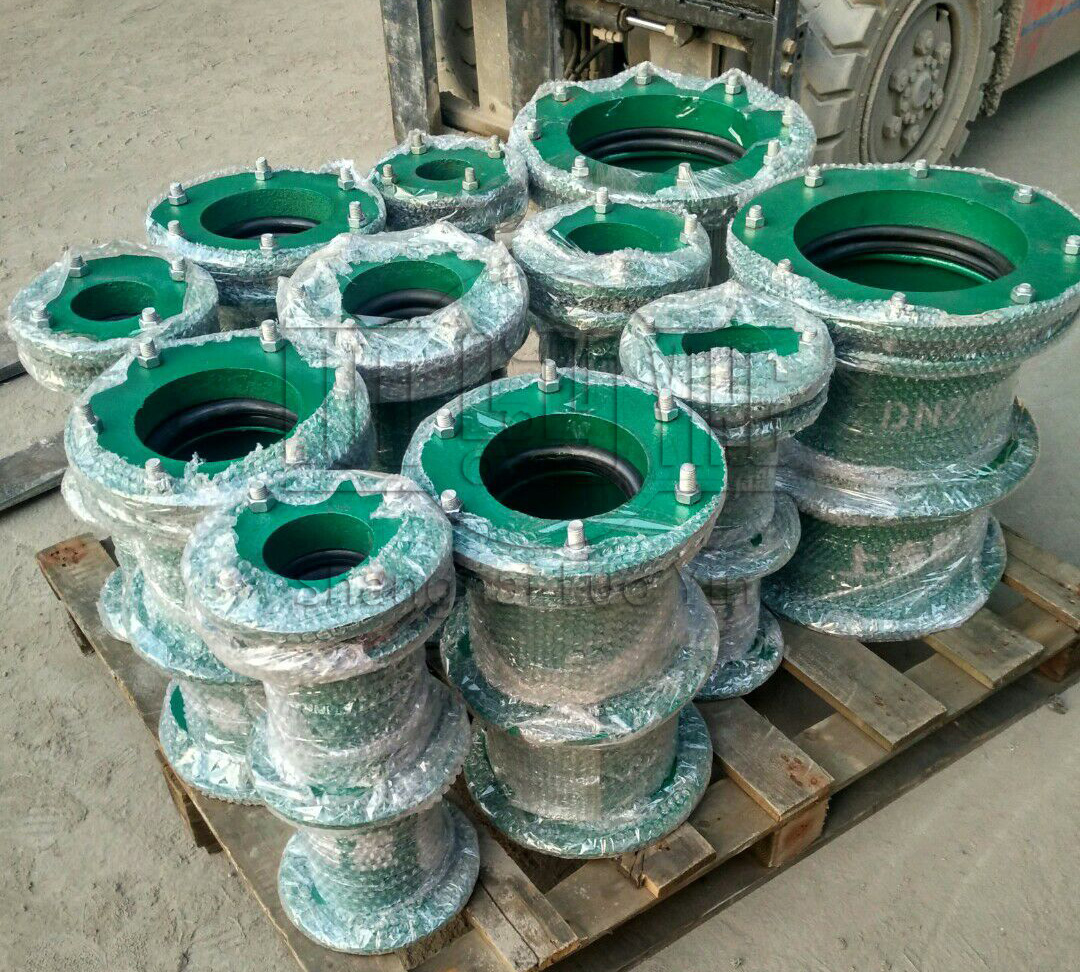Do you understand the installation of flexible waterproof casing?
Oct-22-26
The pipe should be observed before use appearance, irrigation and external flushing root by root to check for cracks and grit.
Check whether the data of the waterproof pipe sleeve is in line with the material specifications, the stains on the surface of the pipe should be wiped clean, and then sandblasted to remove rust, and approved by the quality inspection department and the owner, and make records before anti-corrosion coating.

The installation of flexible waterproof casing is usually pre-buried, that is, installed with the civil engineering. A series of checks need to be carried out on the pipes, fittings and casing interfaces, and if there are interfaces that are not strict or have gaps, everything must be removed, as this is the only way to reinstall them. The flexible waterproof casing is integrated into the wall by pre-burying it in the wall and by pouring concrete. Remove the flange pressure plate and seal from the top of the casing before pouring to avoid damage to the pressure plate or seal caused by excessive pressure during pouring. The ends of the waterproof casing are fixed with foam or plastic film with other flexible materials to prevent concrete from falling inside the casing and causing blockage during pouring. When pouring, pay attention to the pipe sleeve to ensure the level, to prevent tilt displacement phenomenon. Pipe installation should provide support and hangers in accordance with the construction acceptance specifications.
After installation of the flexible waterproof casing, relevant irrigation tests must be conducted on the entire system to ensure that the pipeline is leak-free.



